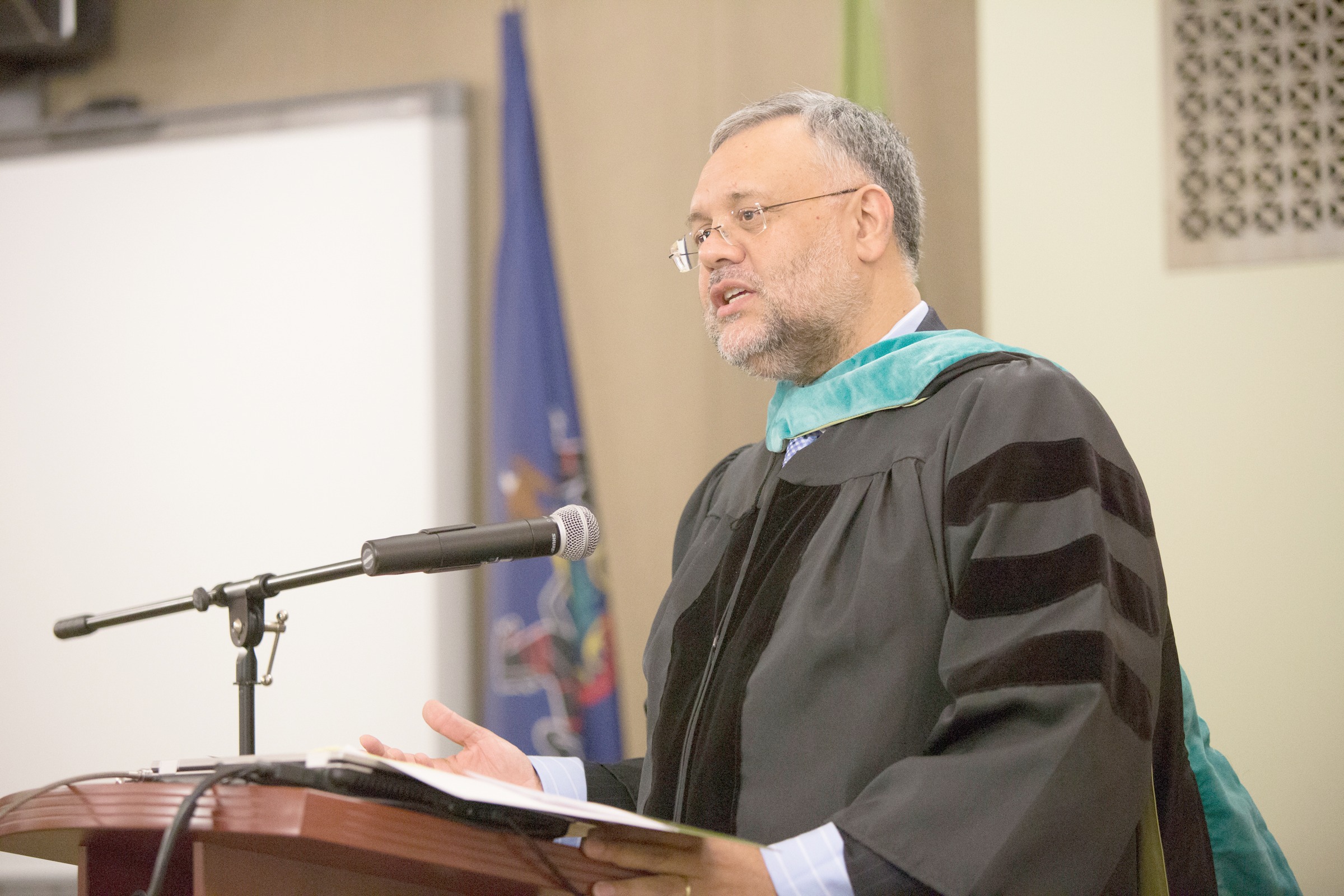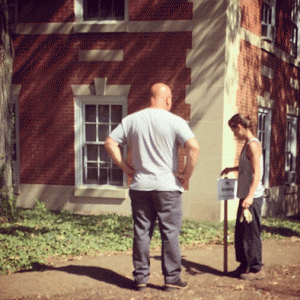On Sunday, October 19, Chatham’s Black Student Union and R.I.S.E (Retain. Involve. Strengthen. Excel.) came together in Chatham’s Mellon Board Room to host “Tea and Treats.”
The event, which was held in honor of Breast Cancer Awareness Month, was designed to not only raise awareness for breast cancer, but also to teach students how to take care of themselves and lower their risks of developing breast cancer in the future.
As students, who were encouraged to dress in business casual clothing, entered Mellon Board Room, they were met with several rounds tables decorated with pink and white tablecloths and balloons. There was also a long table along the wall with a sign-in sheet, breast cancer information pamphlets, and the tea, cupcakes, cheesecake, and other treats to which the title of the event referred.
Around 1.00 p.m., the event officially began with a welcome from Terlynn Olds, a representative of the Lambda Lambda Zeta chapter of the Zeta Phi Beta sorority, which meets at Chatham and helped to sponsor the event.
“It’s very important that we’re constantly educating ourselves on ways to protect ourselves,” Olds said, before thanking everyone for “coming out on a chilly Sunday afternoon.”
She then introduced Laura Kuster, a health equity specialist for the YWCA and the main speaker for the event.
After introducing herself, Kuster explained that the event was to be a workshop rather than a lecture and encouraged the approximately 15 students in attendance to speak up and participate in the discussion.
“People need to think about cancer as something other than a scary thing with scary treatments,” Kuster said to begin the discussion, because, “that is only one side of cancer.”
After giving students a brief overview of the anatomy and biology of breast cancer and passing around posters and visual aids to help the process, Kuster said, “we shouldn’t be teaching young women to be afraid of their breasts.”
She elaborated on this point by saying, “most of the time lumps are not breast cancer,” but rather they are cysts, which are common among young women and are harmless.
In regards to risk factors, Kuster said that being a woman, genetics, and aging are the three biggest factors. However she then pointed out that there are risk factors that people can control like smoking, excessive alcohol consumption, hormone replacement therapy, and a healthy diet and exercise. She also said that birth control slightly increases one’s risk for breast cancer but only for the duration of time during which it is taken.
Kuster went on to dispel certain rumors about breast cancer, including the belief that bras, certain types of foods, and getting hit in the breast can lead to breast cancer.
In response to this, Olds said, “I was hit in the breast and there pain so I freaked out and I thought I was dying!”
Everyone chuckled at this, but Kuster said that this was not an uncommon response, which is why women need to be educated.
The conversation then shifted to screening methods. After Kuster asked the audience why it was important to catch breast cancer early, Merissa Clark, a senior at Chatham, simply said, “so you survive.”
Despite the laughter than Clark’s response got from the audience, Kuster said that she absolutely correct, going on to explain that catching it early can eliminate the need for surgery or chemotherapy.
Kuster then said that there are three types of screening methods: the self examination, which all women should do regularly; the clinical breast exam, which should start when a woman turns 20 and occur every one to three years; and the mammogram, which should happen every year after a person turns 40.
At the conclusion of the presentation, plaques were awarded to all of the organizations involved in the planning of the event. Afterwards people stayed to eat baked good and discuss the information.
When asked why she got involved in the effort to raise awareness about breast cancer, Kuster said, “I initially got involved in it because my mom and my grandmother both had breast cancer.” She went on to say, “There have been a lot of advances in understanding [of breast cancer] recently…and there is a lot that people can do to lower their risk, unlike many other cancers.”
To learn more about breast cancer, students can visit the American Cancer Society website or the Susan G. Komen website.




